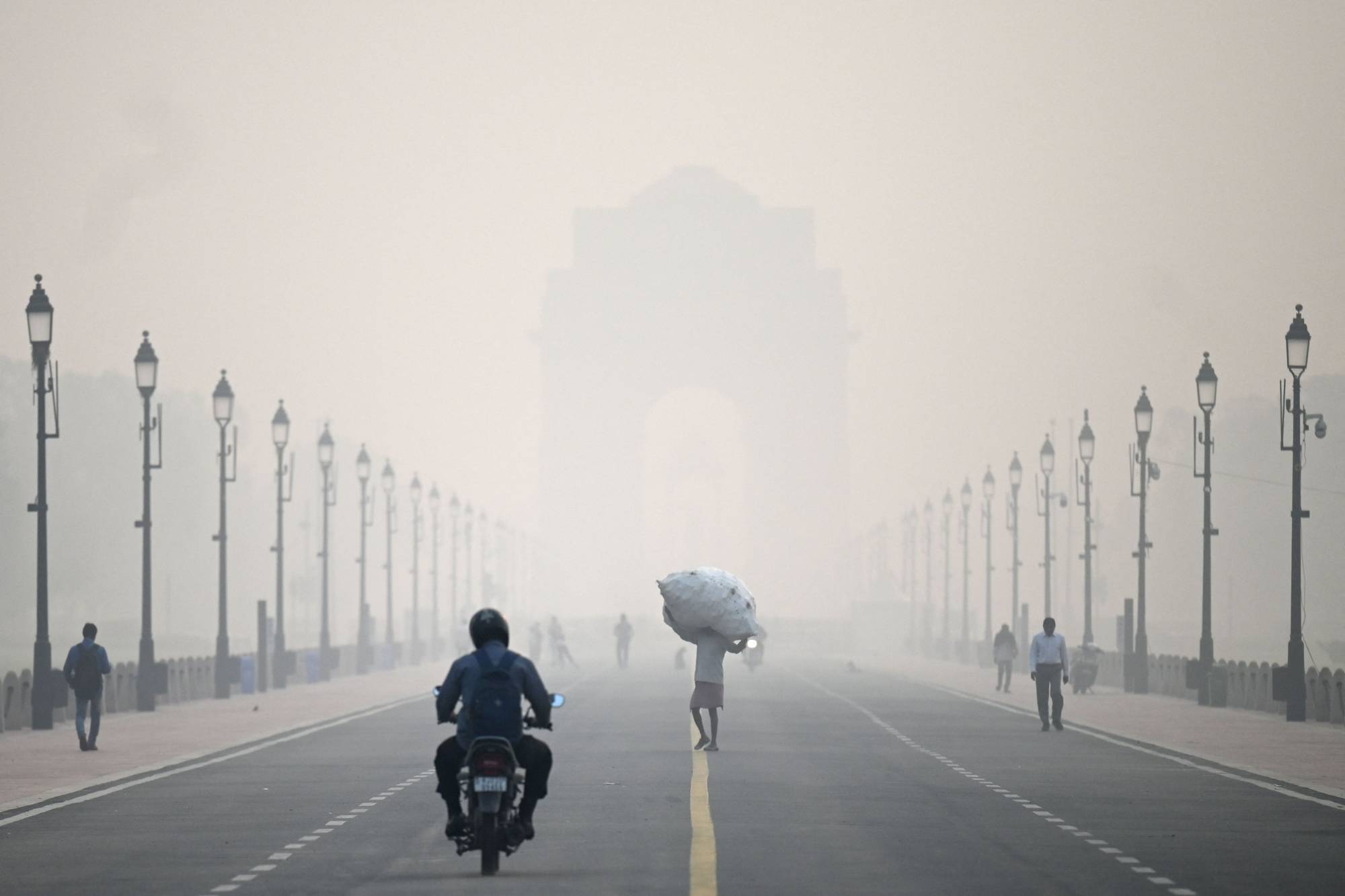A decade ago, the capitals of Asia’s two largest countries had some of the dirtiest skies in the world. On the worst days, millions were enveloped in thick gray canopies of smog that darkened the sun and besieged the lungs.
Since then, one of those cities has made significant improvements. After the Chinese government declared a war against pollution in 2013, Beijing pressed ahead with a multiyear, $100 billion effort to clean its air. Authorities clamped down on factories, took old vehicles off the road and shifted from coal to natural gas. While more still needs to be done, Beijing officials say the city now has over 100 more days of clear skies each year than when the campaign began.
But in the other city, New Delhi, the air this autumn has been as foul as ever. The onset of air pollution season brought weeks of haze to the city, prompting officials to halt truck traffic, close schools and ask people to work from home. Those who still ventured out coughed into their masks and rubbed their eyes. The air felt bitter on the tongue.



















With your current subscription plan you can comment on stories. However, before writing your first comment, please create a display name in the Profile section of your subscriber account page.